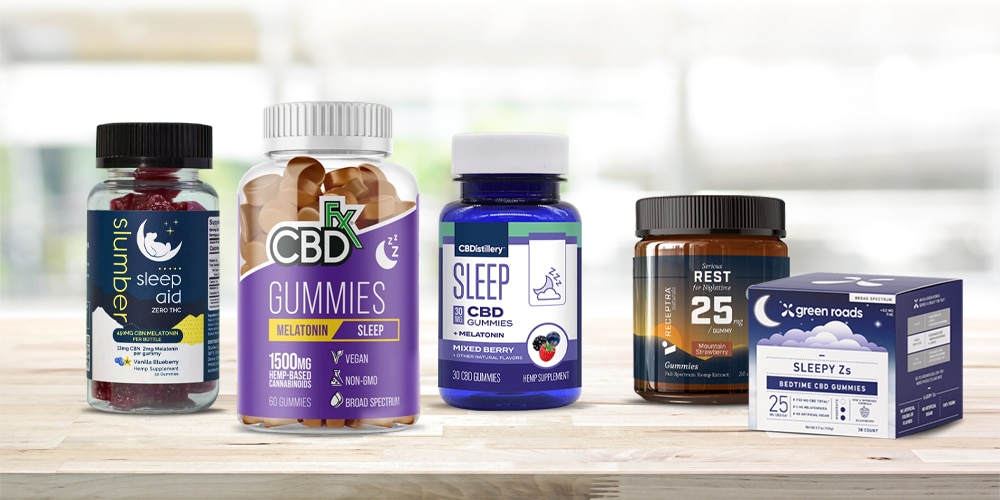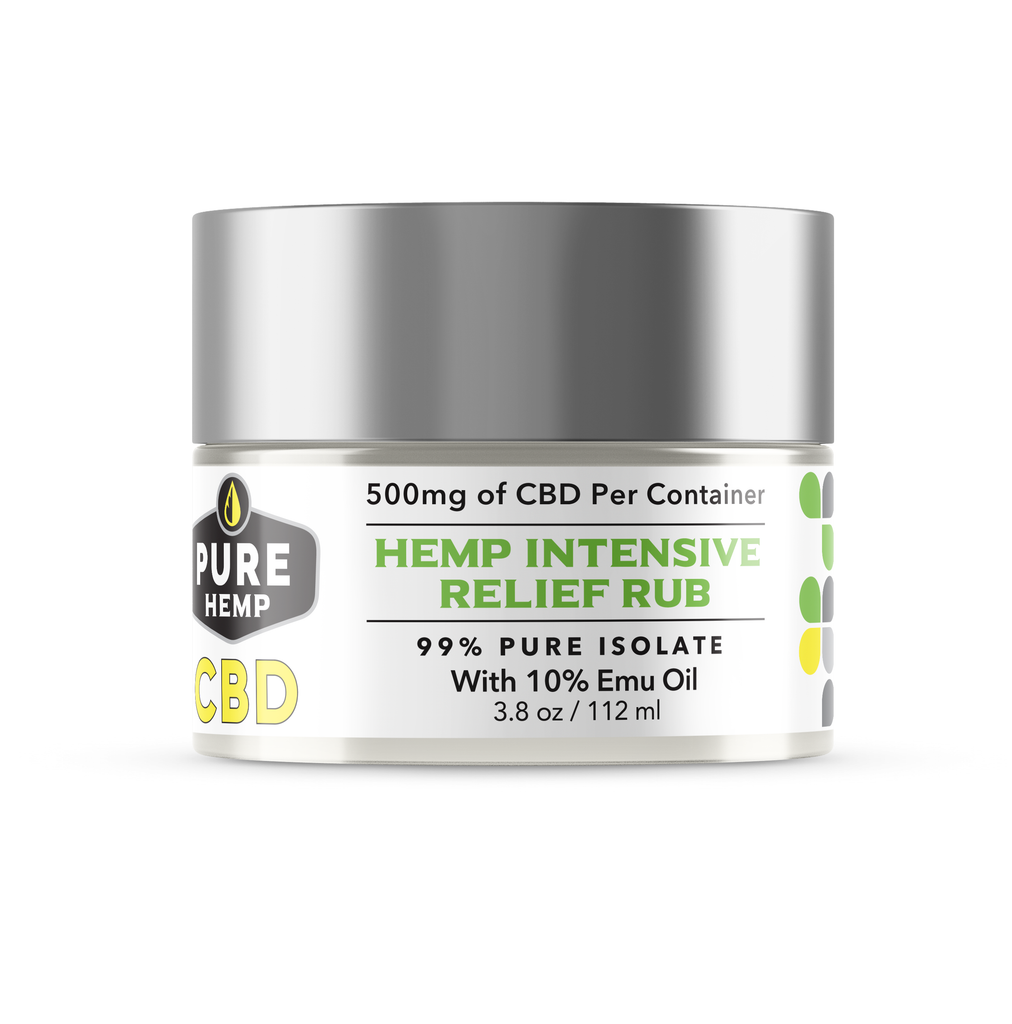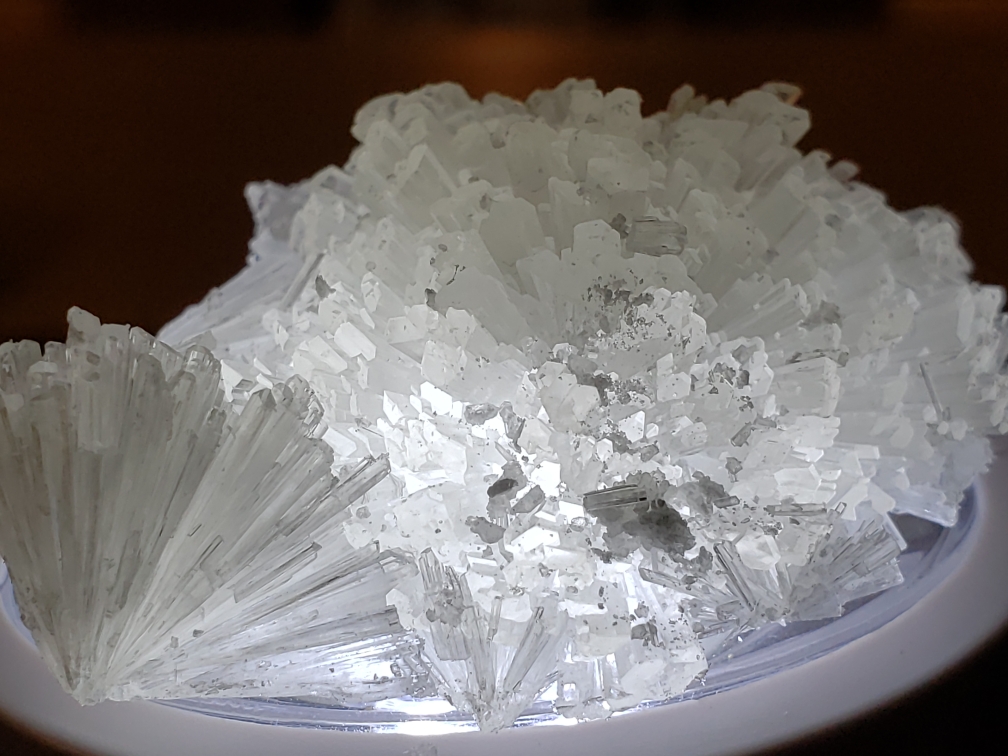
Many people mistakenly believe that CBD oils and CBD tinctures are one in the same. While they are both made from cannabis, the effects of each one can be quite different. It is important to know the differences before purchasing one.
Both CBD products can contain phytonutrients as well as cannabinoids. However, tinctures tend to be more potent. This is due to the liquid medium that is used to extract the cannabinoids from the hemp plant. CBD tincture uses alcohol as its primary extraction solvent. Additionally, the tincture may contain flavorings and terpenes as well as other compounds. Some studies have indicated that this additional ingredient can increase the product's efficacy.
It is important to check the label for any side effects when looking at CBD products. To ensure that you are purchasing high-quality products, it is a good idea check the label. Avoid tinctures for people who are allergic to alcohol. The presence of alcohol in tinctures can lead to adverse reactions. Although many manufacturers use MCT or olive oil as carrier oils to make their tinctures you can also use coconut oil or sunflower oil.

Both oils and tinctures have their merits. While tinctures can be more costly and difficult to find, oils are much easier to come across and contain a greater amount of cannabinoids. Tinctures often contain extra ingredients that enhance taste and absorption. Oils can be stored for longer periods of time, making them a great option for those who are looking to preserve their products.
CBD oils are sublingually consumed while tinctures can be used topically. Tinctures are often less concentrated than oils and have a bitter taste. Many consumers prefer tinctures to oils despite this. They are convenient and easy to use. Tinctures don't last nearly as long as oils, which is the main disadvantage.
CBD oils are much thicker than tinctures, as they contain the CBD isolates diluted in carrier oils, such as MCT. Although they have a slightly stronger effect, the taste is milder. CBD oils don't contain THC and are available at virtually all online health stores.
CBD oils also have a great consistency. You can make them from different carrier oils like olive oil or MCT oil as well as hemp oil. You can also choose a product that has glycerin, or vinegar. Or, you could choose a product with a sweeter flavor. Regardless of which you prefer, keep in mind that there are several different types of tinctures and oils, and they can be confusing. Look at the label and manufacturer branding for the actual contents of the product.

You should always read labels carefully and research before you make a purchase of a tincture. To check for trace alcohol in your tincture, ask for a third party lab result.
FAQ
What is the future of the CBD industry?
The future is bright for the CBD industry. It's easy to see why so many people are jumping on board with this sector. With over $1 billion spent globally by consumers on CBD products alone, it's not hard to see how this market is growing exponentially.
Statista predicts that global sales of cannabidiol in 2019 will reach $22.4 million. That's almost 200% more than in 2018!
The CBD market is also forecast to grow at 22.5% compound annual growth rate, which would result in nearly $6.8B in revenue by 2022.
This is good news for both companies that want to enter the CBD market and those who are already in this sector. But, it is important to remember that the CBD industry is still in its infancy. There will be many challenges.
How can CBD products be promoted in a legal manner by CBD companies?
The FDA does no regulate hemp as a crop commodity. However, the agency regulates all other cannabis derivatives (e.g., marijuana) under the Controlled Substances Act. CBD is not covered by any regulations.
CBD is legal at state level in 29 US states. Federal law considers it illegal. This creates uncertainty for businesses looking to sell CBD products.
The FDA has strict guidelines regarding how CBD products can be promoted. For example, they must clearly disclose any product's THC content. Without scientific evidence supporting this claim, CBD cannot be used to treat certain medical conditions.
Additionally, the FDA requires manufacturers submit information about manufacturing practices and quality control. They require companies to carry out clinical trials to prove safety or efficacy.
These factors are crucial for companies to consider when developing their marketing strategies.
What CBD products sell the most?
CBD products can be found all over these days. They can be used for anything, including pain relief or anxiety. This market is large and growing quickly.
What are people buying CBD for? And how does this affect you as a brand owner?
Well, according to Statista, CBD products are being bought for their relaxing effects. They are also used for their anti-inflammatory properties.
This means that your product can be sold for medicinal or recreational purposes if it contains CBD and THC.
What about brands that are focused on a single purpose? For example, if a company sells CBD for stress relief, then it won't have much competition.
In addition, if a brand focuses on CBD for medical purposes, then it will have a large customer base.
But, if a brand is looking to target recreational users they will need to develop a unique selling position (USP). A USP basically refers to a unique selling point that sets a brand apart.
For example, some brands offer shipping free of charge, while others offer discounts when you order in bulk.
How big is the global CBD industry?
Euromonitor International estimated that the global CBD industry was worth $US3.5 billion in 2015. This is more than 10% higher than 2014
The report forecasts this figure to reach $US 6.4 billion by 2020, representing an average annual growth rate of 12%.
CBD products are predicted to account for half of all the hemp-derived products globally by 2020.
This includes both CBD oils and other CBD products such as food, beverages, cosmetics, and pet care items.
Is there any evidence that CBD helps with anxiety?
CBD oil is an effective treatment for anxiety. This happens because it interacts to certain brain receptors called CB1 (and CB2), respectively. The endocannabinoid process regulates stress responses and mood.
CB1 receptor is activated when our bodies feel anxious. This receptor activates and sends signals to amygdala which is responsible for emotional processing.
When the CB1 receptor is blocked, the amygdala doesn't receive the signal to process emotions. People who use CBD have fewer negative emotions.
A study published in 2017 showed that CBD reduces anxiety in patients with social phobia. Another study found that CBD reduced symptoms of PTSD.
An 2018 review found that CBD is anxiolytic and can help with generalized anxiety disorder.
Another review suggested that CBD might also reduce panic attacks.
Multiple studies have proven that CBD can actually increase anxiety levels in mice.
The researchers believe that this discrepancy between human data and animal results may be due to differences in how humans and animals respond to CBD.
CBD has not undergone any safety studies. Experts agree that CBD is safe when taken as directed.
What is the difference in CBD prices between states?
Prices for CBD products depend on where you are located. Prices can vary by as much as ten times depending on where you live.
Prices increase in the north. CBD can be found in Alaska at $35 per kilogram, and Hawaii at $200 per grams.
This trend is continued across the nation. Prices range from $5 up to over $2,500 for a gram.
Why is this happening?
Variable levels of regulation can explain why prices differ so greatly. Some states require CBD products that contain very little THC, the psychoactive component of cannabis. Others do not care about the level of THC.
This is why some companies decide to sell products in one country and then send them to another.
Which states have the highest CBD consumption?
California, Colorado, Oregon are the three most populous states. These states have large populations, high incomes, and low unemployment rates. They also have a higher number of hemp farms compared to other states.
California leads because its economy relies heavily on agriculture. It is home to a large amount of fruits and vegetables. This is because cannabis is from the same source as hemp.
Colorado and Oregon follow close behind because they both produce marijuana for medical purposes. However, unlike California, these two states do not allow the recreational use of marijuana.
Other states that are highly ranked include Washington, New York. Florida. Illinois. Pennsylvania. Mississippi.
Statistics
- A recent systematic review of human trials also reported that individuals with epilepsy receiving CBD (5–20 mg·kg−1·day−1) were more likely to experience decreased appetite than those receiving placebo (i.e., ~20 vs. 5% of patients) (ncbi.nlm.nih.gov)
- The use of these products is likely to become even more widespread if the World Health Organization's recommendation that CBD no longer is scheduled in the international drug control conventions is adopted by the United Nations member states [201]. (ncbi.nlm.nih.gov)
- CBD seems unlikely to directly influence sleep in healthy humans [115] (and maybe “sleep-promoting” in those with certain comorbid conditions) (ncbi.nlm.nih.gov)
- The inhibition of FAAH is predicted to lead to an increase in brain and plasma concentrations of AEA, which acts as a partial agonist at CB1R and CB2R, thereby increasing endocannabinoid tone [92, 110]. (ncbi.nlm.nih.gov)
- As a substance that was federally illegal before the passage of the 2018 Farm Bill, hemp-derived cannabinoids with no more than 0.3% THC still face a regulatory grey area. (forbes.com)
External Links
How To
How to promote CBD using social media
Promote your product through Social Media channels like Facebook, Twitter, Instagram, Pinterest, etc.
Social Media Marketing (SMM), is one of today's most powerful marketing tools. You can connect with prospects and customers at large scale without having to call or send mass emails. The only thing holding you back is your creativity. So, what would you do to make your business succeed?
CBD is a Cannabis Sativa extract that has medicinal benefits. There are many types of CBD products. However, there are two main types: isolate and full-spectrum. Isolate is extracted from the hemp plant. Full-spectrum comes from cannabinoids derived from the entire plant.
Full Spectrum CBD Oil is extracted from the entire hemp plant, so it contains some THC which makes this type of CBD legal in certain states. You cannot obtain CBD oil with THC if medical marijuana is banned in your state. Hemp plants contain low THC levels but still contain enough THC to make them illegal.
If you sell CBD products online, for example, you can advertise on Facebook. However, you wouldn't choose to advertise on YouTube or Pinterest as they don't offer the best platform for CBD marketing. You need to pick the platform that is most appropriate for your audience. Medium may be an option if you're looking to reach people that prefer reading articles to watching videos.
You want to convert new leads into paying customers by attracting them to your website. This involves engaging potential customers and gaining their attention. This is possible only if you provide value. When they find value from your content, they will begin to trust you. They will trust you and become your lead when they do.
These sections will show you how to manage and set up your Facebook advertising campaigns.
Facebook Advertising Setup
Register an Ad Account
These steps will help you create an advertising account
-
Click "Create New Campaign."
-
For your campaign, enter a name.
-
Pick a location for your ads.
-
Choose to target specific locations.
-
Set your budget.
-
Click the box next to "Advertising Management."
-
Click "Next Step."
-
Scroll down to choose the layout of your ads.
-
Click the button "Add Tags" to add tags for your campaign.
-
Click "Save" and then click "Continue."
-
Follow these instructions to fill out all fields.
-
Click Continue to continue
-
Fill out the information requested.
-
Continue
-
Review the information provided and click Confirm.
-
Your account has been created.
Now you can add keywords and targeting options into your ad account.
Targeting Options
Facebook has four ways for you to target your ads as previously mentioned:
Location-Based Targeting:
You can target users based on their location using either city, postal code, region, country, or continent. You can target anyone who lives within 100 miles from Seattle, Washington.
Demographic Targeting
Targeting people can be done based on their age, gender, relationship status or education level.
Interest-Based Targeting:
You can target people based upon their level of interest in your product. If someone is interested in hiking, for example, they can be targeted.
Behavioral Targeting
This is similar as interest-based advertising except you do not target people based solely on their interests. You instead target people based off what actions they take. This could be used to target people who click on your hyperlink and visit your site.
Keywords
Keywords are an essential part of any Facebook marketing strategy. They are used to place your ads on Facebook. You will be asked to input a list keywords when creating an ad account. The size of your ad accounts will determine how many keywords you can add.
Keyword Suggestions Tool
If you are entering keywords, the keyword suggestion feature at the bottom right of your screen may prove useful. It allows users to search through suggestions keywords related to their current selection.
Keyword Suggestions
After you have entered your keywords the suggestions that will appear will depend on what type of targeting you selected. You'll see different suggestions depending on the type of targeting.
Then, follow the prompts and you will get your first ad published.